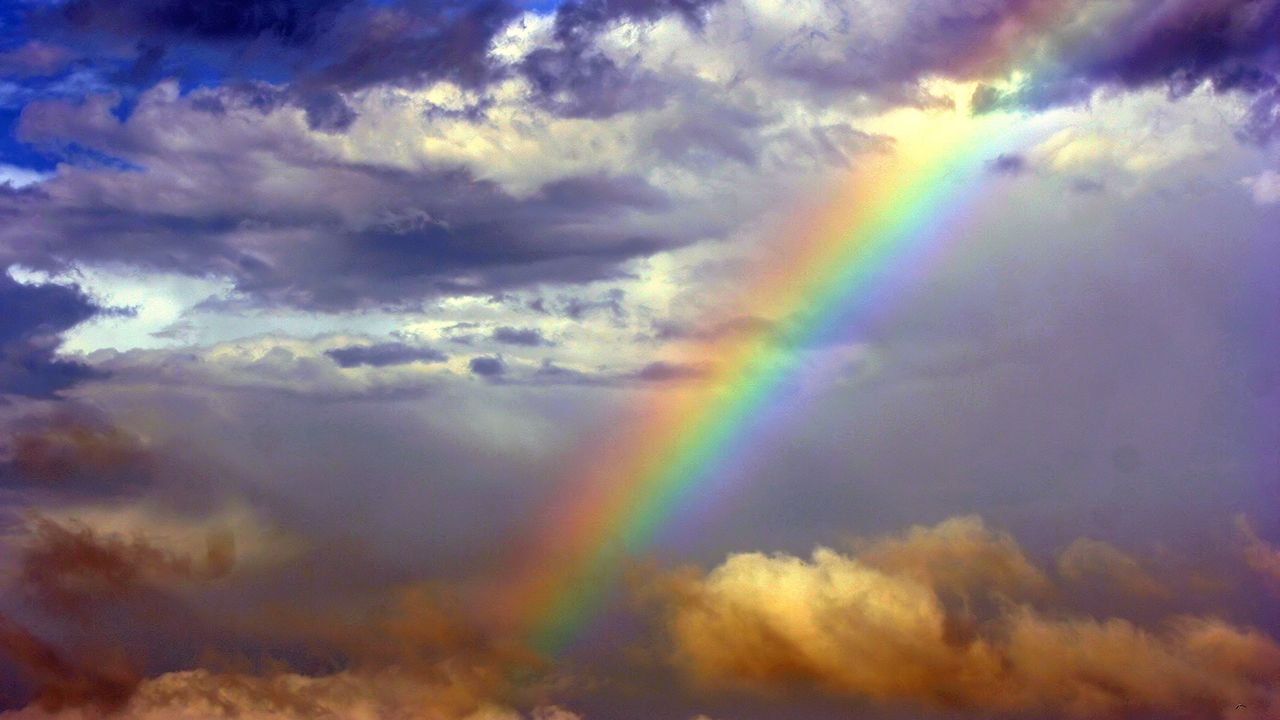Florida may be the lightning capital of the U.S., but when it comes to rainbows, Hawaii wears the crown.
While the Aloha State is great for chasing waterfalls, those looking to set out on a more colorful pursuit can chase rainbows.
Like other cultures, the Hawaiians hold a high regard to their rainbows. If you don’t see any in the sky, you’ll only go a few minutes before you encounter the word itself, or an image of one.
From the license plates, to iconic honeymoon resorts and even some school mascots, the islands remain under the true reign of Roy G. Biv.
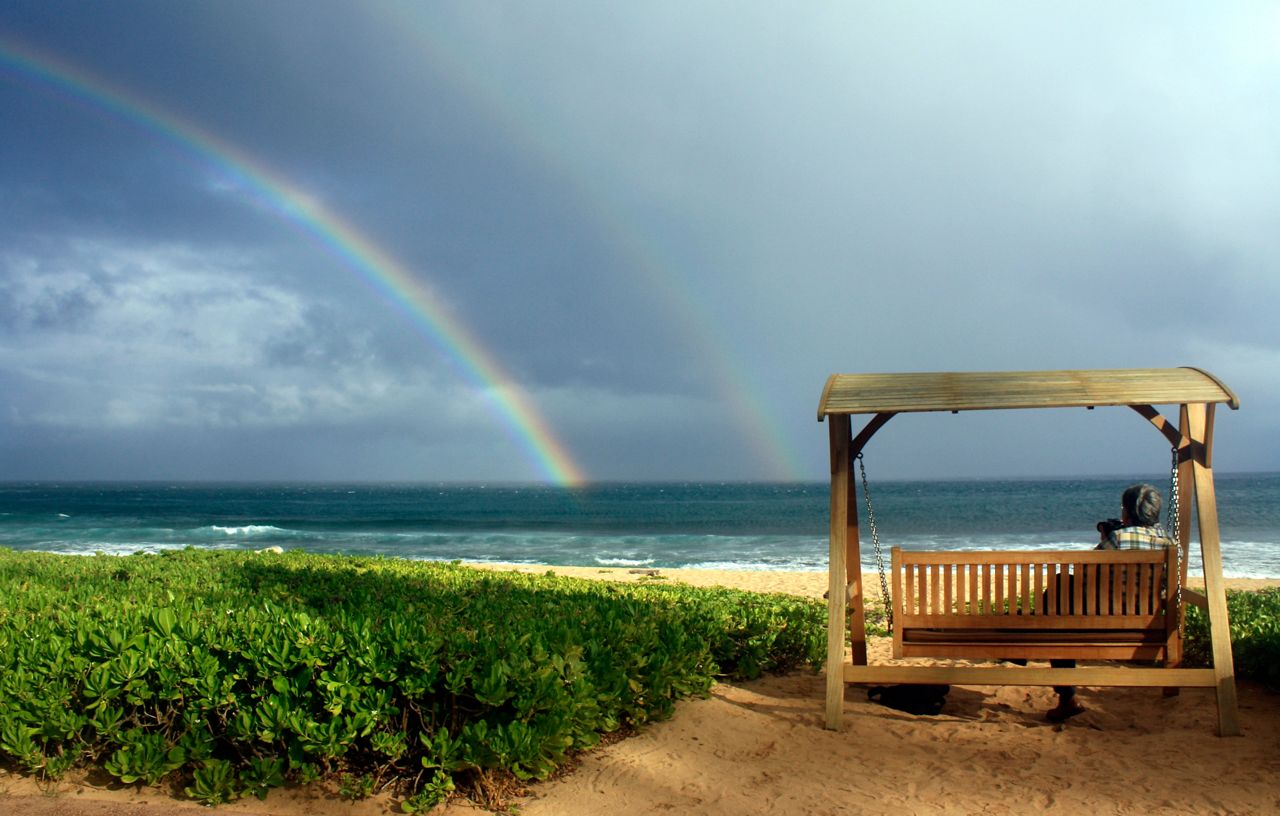
According to Dr. Steve Businger, professor in the Department of Atmospheric Science at the University of Hawaii at Manoa and co-developer of RainbowChase, the Aloha State is not just the rainbow capital of the country, but of the world.
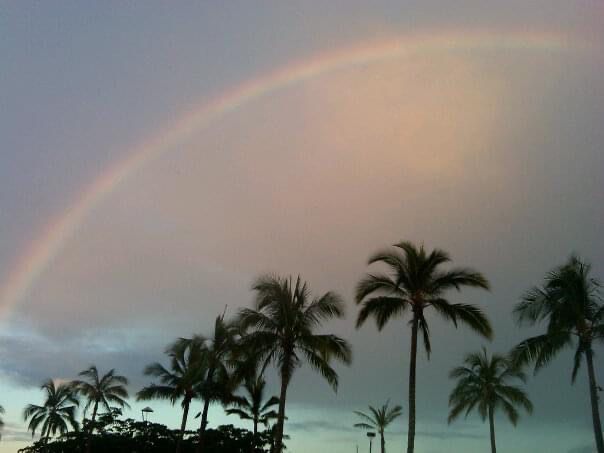
Rainbows form under specific atmospheric conditions. Generally speaking, there are two key ingredients needed to make a rainbow: water and sunshine. Add in the right timing, and voila, a rainbow appears across the canvas of clouds.
Unlike other states, Hawaii's geographic location and topography make it an ideal spot to see rainbows.
The Hawaiian islands are in a region that is controlled by the Hadley cell, a global-scale circulation process responsible for generating the trade winds and other climatic features.
In short, warm air rising near the equator is transported towards the poles. As it cools, however, the air will descend towards the surface at the edge of the subtropics before warming back up as it heads back towards the equator again.
Most regions on the globe located within the Hadley cell are arid. In fact, the same would be true for Hawaii if it were completely flat.
However, that’s not the case, all thanks to the state’s dramatic topography. The interaction between the mountainous terrain and trade winds is responsible for the islands’ multiple microclimates- resulting in much higher annual rainfall totals.
Much of the rain that falls is from small-scale, convective showers, which, along with pockets of sun, provide the perfect environment for rainbows. That is, if the timing is right.
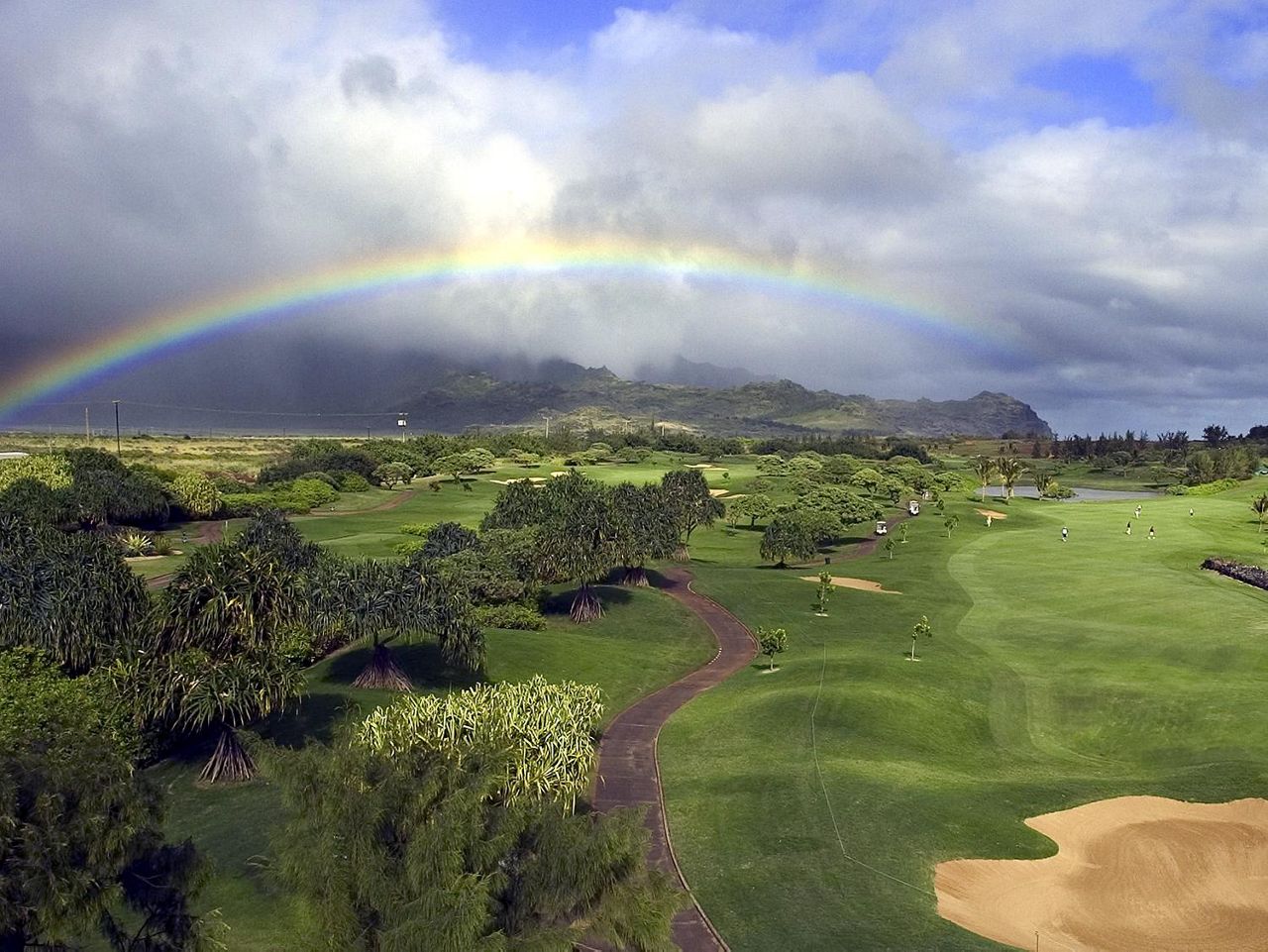
At sea level, a rainbow will only be visible when the sun is at a 42 degree angle or lower from the horizon. When the sun is higher in the sky, a rainbow will form below the horizon, where it will not be visible.
The angle of the sun and size of the bow are inversely proportional: a lower sun angle will yield in higher or taller rainbows, but as the sun angle increases, the arc of the bow will sink lower towards the horizon. To get a better idea, check out NOAA's Rainbow Simulator.
Hence, the best time to spot a rainbow is typical during the early morning and late afternoon hours.
While you can view rainbows all year round in Hawaii, Dr. Businger admits they are easier to catch sight of during the wetter winter months, given the lower sun angle and better chance for rain.
Being positioned in the middle of the Pacific Ocean, away from the heavily polluted cities of the West Coast and East Asia, offers an additional advantage as well.
Clean air surrounding the state prevents the sunlight from being scattered by other aerosols and polluting particles, resulting in brighter, more defined rainbows. Polluted air mutes out the vivid spectrum of colors seen, thus producing a fainter rainbow.
Businger mentions that some of the next best places for hunting down rainbows include along the coast of the Pacific Northwest, Iceland and the British Islands in the spring. In the Great Plains, we can also spot picturesque bows following springtime thunderstorms.
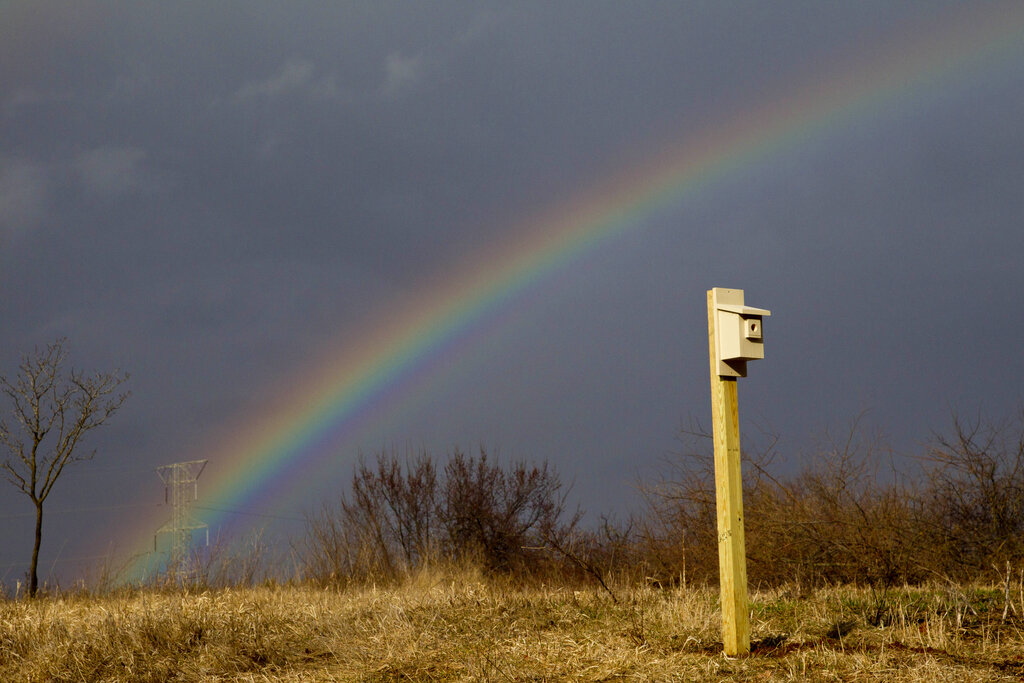
If just randomly spotting one in the sky doesn't do it for you, then you can always resort to chasing the rainbows- and yes, it's a thing.
Similar to storm chasing in the middle of the country, rainbow chasing is all the rage in Hawaii. But you don't have to be on one of the Hawaiian Islands to do so.
With the proper use of satellite and radar technology, along with a good sense of direction and timing, anyone can rainbow chase anywhere.
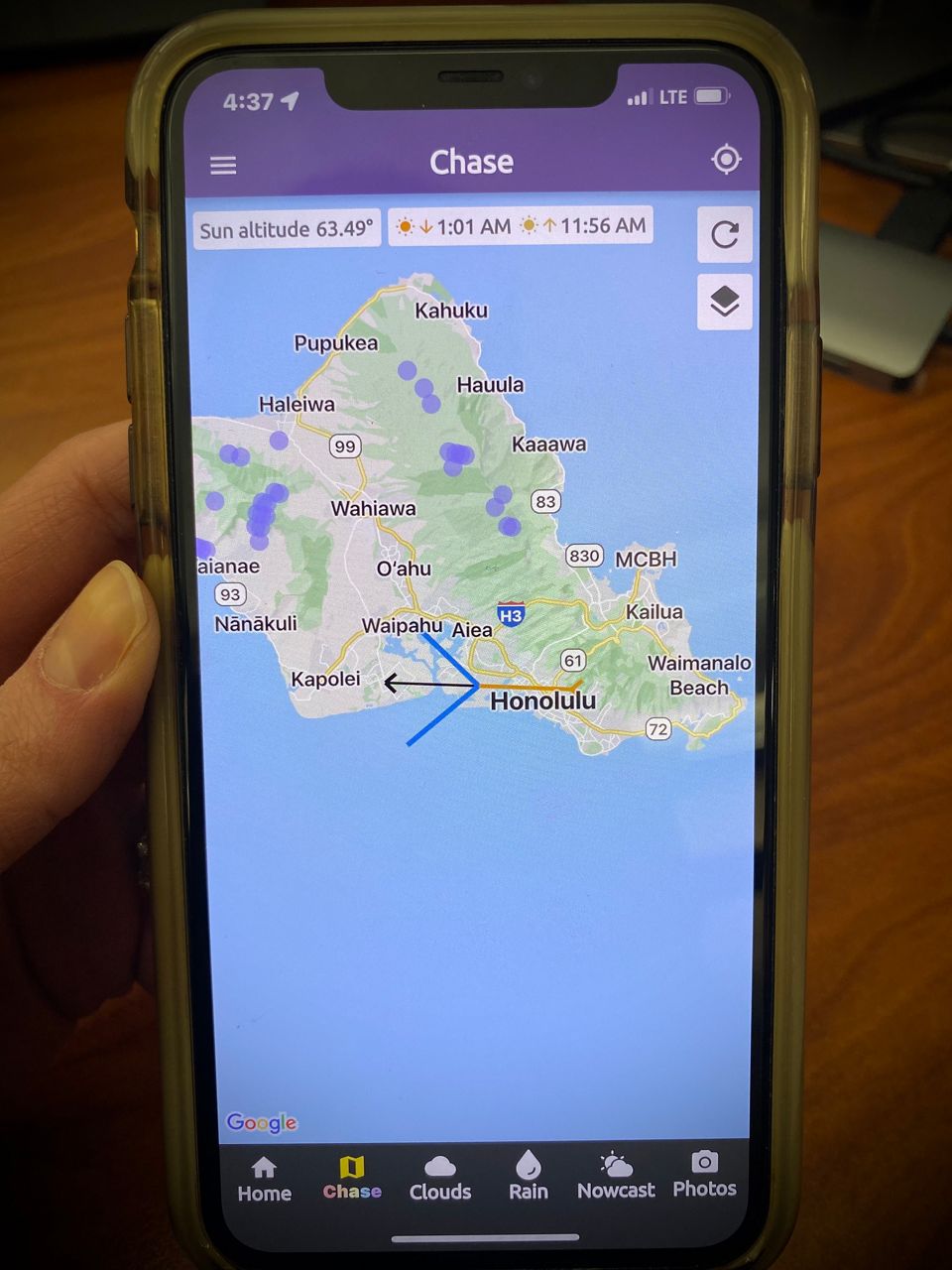
This is all made easier thanks to RainbowChase, the exclusive rainbow chasing app developed by Dr. Businger himself and Paul Cynn, CFO of RainbowChase.



